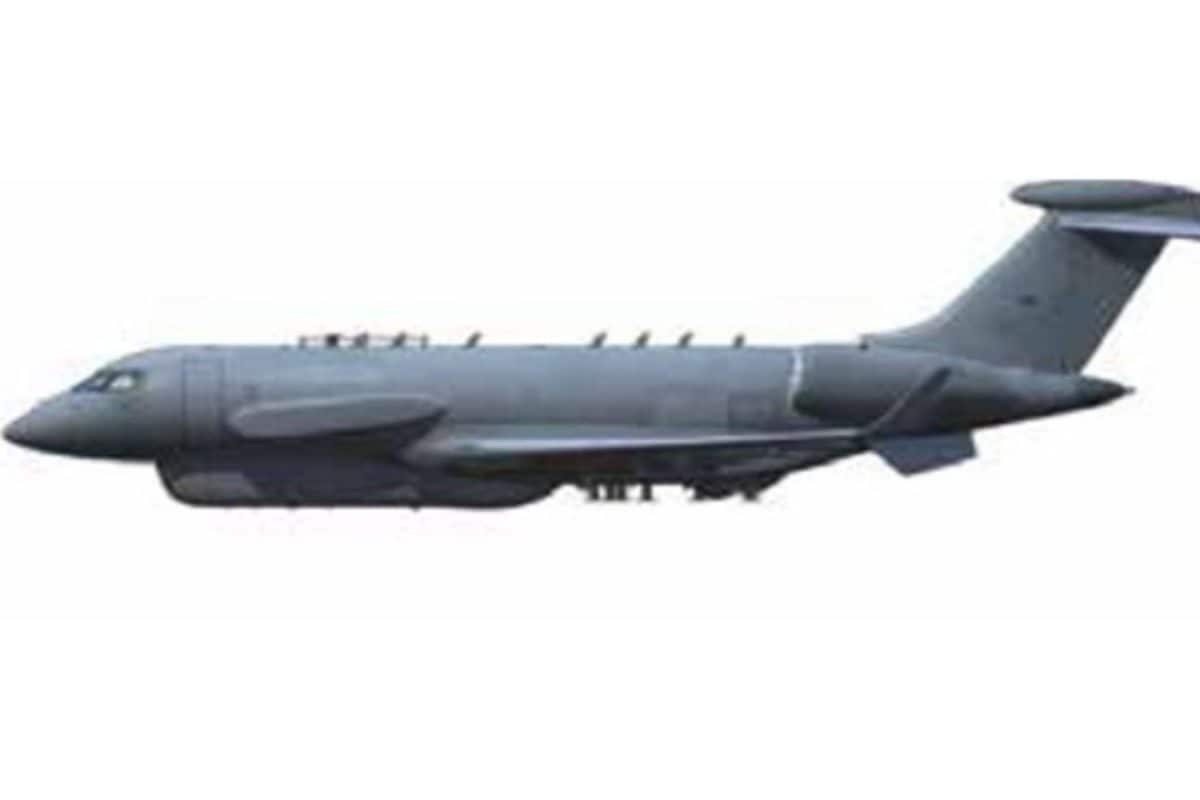

India is significantly boosting its defence capabilities with a massive push towards modernization and self-reliance. The defence sector is expected to see substantial growth by 2047, with projections indicating a five-fold increase in the defence budget, potentially reaching Rs 31.7 lakh crore.
Increased Defence Budget and Spending
In February 2025, the Indian Ministry of Defence (MoD) announced a 9.53% rise in the 2025-2026 defence budget, reflecting the country's commitment to modernizing its armed forces and promoting indigenous defence production amidst heightened geopolitical threats. The defence budget for 2024-2025 was earmarked at INR6.21 trillion (approximately USD75 billion), a notable rise from the INR5.94 trillion allocation in 2023-24. For 2025-2026, the armed forces are slated to receive INR6.81 trillion (USD78.3 billion). A significant portion of this budget, INR1.12 trillion, is designated for domestic spending, aligning with the "Aatmanirbhar Bharat Abhiyan" (Made in India) initiative. Furthermore, recent reports suggest that India's defence budget may receive an additional boost of Rs 50,000 crore due to Operation Sindoor, potentially pushing the overall allocation past Rs 7 lakh crore.
Focus on Indigenous Production
The Indian government is strongly emphasizing indigenized defence production. This focus is evident in the unveiling of new Indian warships, including a frigate, destroyer, and submarine, all domestically manufactured. The Army has worked out procurement deals worth Rs 85,000 crore for 2024-2025, with a significant emphasis on self-reliance. Of these deals, 26 capital procurement contracts have been finalized, with only three sourced from foreign vendors. Approximately 95% of the Army's utilized capital budget of Rs 35,000 crore was allocated to domestic sources, reinforcing the Make-in-India initiative. As of February 2025, out of over 5,500 items covered under the Positive Indigenisation Lists, 3,000 had been indigenized.
Key Military Acquisitions
India has been actively pursuing key military acquisitions to enhance its capabilities. These include: * BrahMos Missiles: A contract was signed with BrahMos Aerospace Private Limited for the procurement of BrahMos missiles worth ₹19,518.65 crore to meet the Indian Navy’s operational and training needs. * Artillery Guns: A contract was signed to purchase 307 ATAGS (155mm/52-calibre) guns, manufactured with the assistance of DRDO and the private sector. * MQ-9B Drones: India procured 31 MQ-9B drones from the US for $4 billion to enhance monitoring and surveillance in the Indian Ocean Region (IOR). * Engine Upgrade for T-90 Tanks: The Defence Acquisition Council (DAC) approved the acquisition of new 1,350 horsepower engines to replace the older 1,000 horsepower engines in the T-90 tanks. The deal includes technology transfer and license production in India.
Strategic Priorities and Challenges
The modernization drive is spurred by the "current geopolitical scenario," with tensions on both western and eastern borders. India aims to counter Pakistan's naval ambitions and address border skirmishes with China. Despite the push for indigenization, India remains a top weapons importer, relying on France, Russia, and the US as major suppliers. Securing critical technologies and components remains a challenge. India's defence sector is expected to face challenges including import dependence, a shortage of skilled manpower, and geopolitical tensions.
Ambitious Targets for the Future
The Confederation of Indian Industry (CII) and KPMG project that by 2047, India's defence production will hit Rs 8.8 lakh crore, and exports are likely to rise to Rs 2.8 lakh crore. The share of capital expenditure in the total budget is expected to increase from 27% in 2024-25 to 40% by 2047, signaling higher investments in infrastructure, technology, and weapon systems. Spending on research and development (R&D) in defence will also see a boost, rising from 4% to between 8% and 10%.